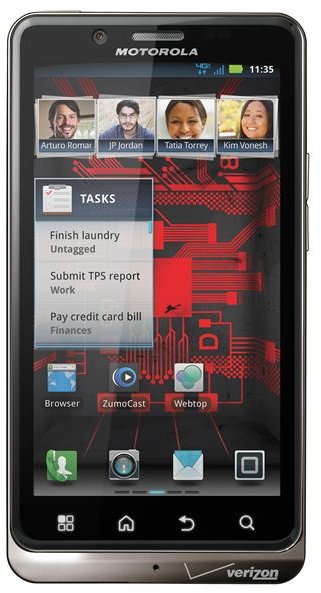iPhone 4S vs Motorola Droid Bionic
The iPhone 4S hit the stores just a couple of weeks after it was announced. By contrast the Motorola Droid Bionic suffered delay after delay. Now both smartphones are on the market we can compare them. They’re both expensive and they feature some cutting edge technology, along with a few features that set them apart from the crowd. The question is – which is better?
Design
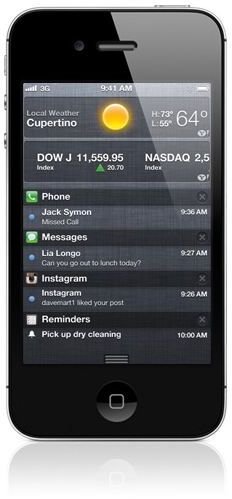
Both smartphones have a candy bar form factor with a dominant touch screen but there is a major difference in size. The Motorola Droid Bionic measures 5.02 x 2.63 x 0.43 inches and weighs 5.6 ounces. The iPhone 4S measures 4.54 x 2.31 x 0.37 inches and weighs 4.94 ounces.
The Droid Bionic is much bigger and much heavier. It has a gorgeous touch screen which is 4.3 inches compared to the iPhone’s 3.5 inch effort. It also has a soft touch finish on the back and bevelled edges and it is comfortable to hold. The iPhone 4S is more compact and it looks very stylish but for me it’s not the most comfortable phone to handle.
Both smartphones are good looking devices. The iPhone 4S is more stylish but the Droid Bionic has a larger display and it’s nicer to hold.
Display
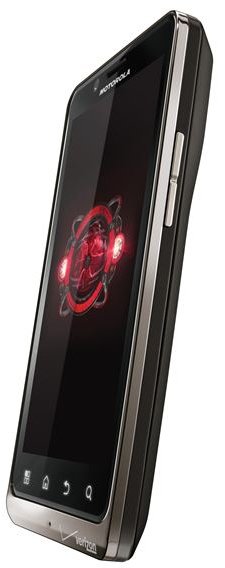
As we discussed, the Motorola Droid Bionic has a 4.3 inch display but size isn’t everything, is it? It is a capacitive touch screen with a resolution of 540 x 960 pixels and support for over 16 million colors. It also has an anti-reflective coating which makes it easy to read, even in direct sunlight.
The iPhone 4S has a 3.5 inch capacitive touch screen with a resolution of 640 x 960 pixels and support for over 16 million colors. It also stands up well in direct sunlight.
The so-called Retina display on the iPhone 4S is sharper and more vibrant. In fact the Super AMOLED screens you’ll find on Samsung phones like the Galaxy S II are also better looking than the Droid Bionic screen. The extra size is great for gaming or watching movies, but in terms of pure quality the iPhone 4S has a better display.
Speed and Storage

The Motorola Droid Bionic has a dual-core 1GHz ARM Cortex-A9 processor, ULP GeForce GPU, and the Tegra 2 AP20H chipset. It also has 1 GB of RAM.
The iPhone 4S is packing a 1 GHz dual-core ARM Cortex-A9 processor, PowerVR SGX543MP2 GPU, and the Apple A5 chipset. They haven’t confirmed this but the iPhone 4S appears to have 512 MB of RAM.
The Droid Bionic is a very powerful phone but according to preliminary benchmark tests from AnandTech the iPhone 4S is a lot faster in practice. Both smartphones offer great performance and no lag but it looks like the iPhone 4S is faster.
The Motorola Droid Bionic has 16 GB of internal storage and it generally ships with a 16 GB microSD card as well. You can upgrade that to a 32 GB microSD card if you need more space.
The iPhone 4S comes in a choice of 16 GB, 32 GB or 64 GB varieties but there is no option for further expansion with a memory card.
Camera
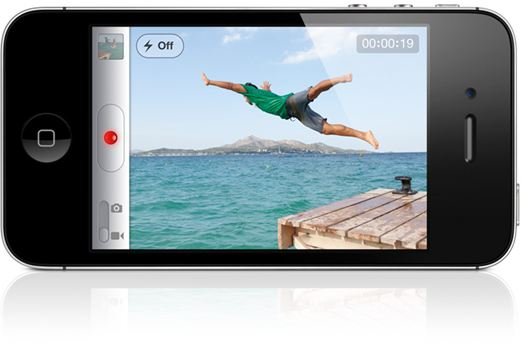
The Droid Bionic has an 8 MP camera that can record video at 1080p high definition resolution and 30 frames per second.
The iPhone 4S also has an 8 MP camera that can record video at 1080p high definition resolution and 30 frames per second.
They both have front-facing VGA cameras, LED flash and support geotagging, image stabilization and a host of other features you would expect to find.
The differences here are minimal, but in performance tests the iPhone 4S camera is much faster. The time it takes to start the camera and snap a shot is much lower with the iPhone 4S. The Droid Bionic does have a handy HDMI out port that the iPhone 4S lacks. This allows you to enjoy your high definition video on your big HDTV with ease.
OS, Network and Features
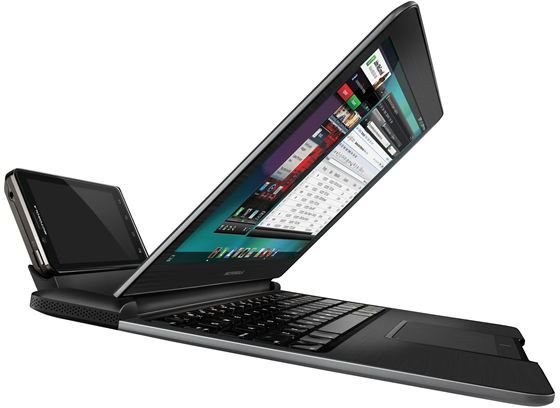
In terms of operating system we have Android 2.3 Gingerbread versus iOS 5. They’re both great. They both have different strengths and weaknesses. For me, Android is the winner, but there are pros and cons for each. The slight drawback that the Droid Bionic does have is the Motoblur overlay. Motorola’s UI is just not very good compared to HTC’s Sense UI, for example, or even stock Android.
The Droid Bionic is a big winner when it comes to network speed. It supports Verizon’s 4G LTE network while the iPhone 4S supports HSDPA. If you are in an area with good 4G coverage, then the Droid Bionic will be much faster to download than the iPhone 4S.
In terms of features these are two powerhouse competitors. The iPhone 4S supports the new personal assistant Siri so you can talk to your phone and ask it questions or tell it to set appointments or reminders. While Android does already have voice controls there’s no denying that Siri is way slicker.
The Droid Bionic is quite innovative because it offers an amazing lapdock peripheral which effectively converts your phone into a laptop. It has a few handy business-friendly features to back that up as well. There are also a few other accessories specifically designed for the Droid Bionic but they aren’t cheap. The other step up for the Droid Bionic is web browsing, not only will it be faster thanks the LTE network, but it also supports Flash which the iPhone 4S can’t handle.
Battery Life
The Motorola Droid Bionic has a massive Li-Ion 1735 mAh battery compared to the iPhone 4S which has a Li-Po 1430 mAh battery. The Bionic does have a bigger screen to power, but it should also offer more talk time and similar standby time. In practice it depends on exactly how you use your phone.
Price
The iPhone 4S is available from AT&T, Verizon and Sprint. It will cost you $199 for the 16 GB, $299 for the 32 GB, and $399 for the 64 GB and you’ll have to sign up for a two year contract.
The Motorola Droid Bionic is a Verizon exclusive and it will cost you $299.99 with a two year contract. You can get the lapdock accessory for another $299.99 but with the option of a $100 mail-in rebate.
So Which One Should I Buy?
If you like Verizon and you’re in an area with LTE coverage then the Droid Bionic is tough to beat. It’s not cheap, but then neither is the iPhone 4S. Both of these smartphones are great for entertainment, you’ve got the slick integration of iTunes and a greater choice on iPhone but the Droid Bionic has a bigger display. For web browsing the Droid Bionic wins hands-down. The lapdock is an interesting USP for the Droid Bionic, but it’s pricey and not everyone is looking for this kind of functionality from their phone.
This is a close one. It probably comes down to what you are looking for and whether that syncs with the unique features on offer from each of these smartphones. They’re both awesome devices.
